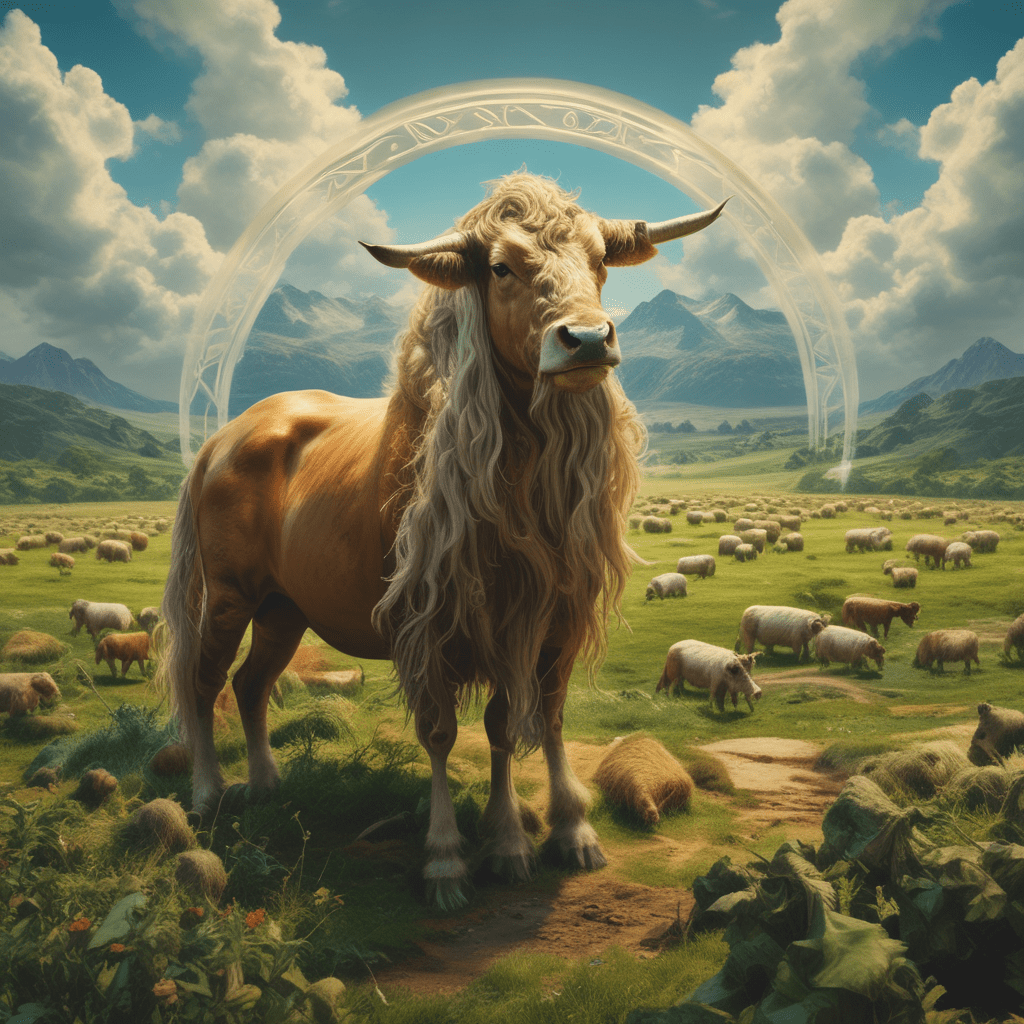The Connection Between Celtic Mythology and Agriculture
Celtic mythology, deeply intertwined with the lifestyles and beliefs of the Celtic people of ancient Europe, has a profound connection to their agricultural practices. Let’s explore how the rich tapestry of Celtic myths delves into the cycle of planting, growth, and harvest, reflecting the deep reverence the Celts had for the land and its bounties.
The Role of Deities in Celtic Agriculture
In Celtic mythology, numerous deities are associated with aspects of nature, fertility, and harvest, playing an integral role in agricultural activities. Lugh, the god of skill and craftsmanship, was also honored during Lughnasadh, a festival marking the beginning of the harvest season. The goddess Brigid was revered for her association with fire, poetry, and agriculture, symbolizing the creative and nurturing aspects of farming.
Seasonal Festivals and Agricultural Practices
The Celts celebrated festivals that marked the important agricultural shifts throughout the year. Imbolc heralded the coming of spring, linking to the preparation of the land for planting. Beltane, the festival of fertility and growth, emphasized the flourishing of crops and livestock as summer began. Samhain marked the end of the harvest season and the beginning of winter, associated with honoring the deceased and preparing for the darker months.
Symbols and Rituals in Celtic Agriculture
Symbols played a vital role in Celtic agricultural practices, with the Celtic cross often seen as a representation of the four seasons and the cycles of nature. Rituals such as the ploughing of fields, offerings to deities for abundant harvests, and the sharing of food during gatherings were significant customs that showcased the Celts’ deep spiritual connection to the fruits of the earth.
Legacy and Influence of Celtic Mythology on Modern Agricultural Practices
The legacy of Celtic mythology’s profound connection to agriculture resonates in modern practices and traditions. The sense of reverence for nature, the acknowledgment of seasonal changes, and the importance of community in farming are elements that harken back to the Celtic ways. By understanding and appreciating this connection, we can learn valuable lessons about sustainable farming, harmony with the environment, and the interconnectedness of all life.
FAQs About the Connection Between Celtic Mythology and Agriculture
What role did agriculture play in Celtic mythology?
In Celtic mythology, agriculture was deeply intertwined with the beliefs and practices of the Celts. They revered nature and the land, attributing spiritual significance to the cycles of planting, growing, and harvesting crops. Deities like the goddess Brigid were associated with agriculture, fertility, and the changing of seasons.
How were agricultural rituals incorporated into Celtic myths?
Celtic myths often featured stories and rituals that celebrated the importance of agriculture. For example, the tale of Lughnasadh, a harvest festival honoring the god Lugh, symbolized the bounty of the land and the community’s connection to the earth. Rituals like offerings to nature spirits and prayers for a fruitful harvest were common practices.
Were there specific deities in Celtic mythology linked to agriculture?
Yes, several Celtic deities were closely linked to agriculture and fertility. Brigid, associated with hearth, home, and healing, was also revered as a goddess of agriculture, nurturing the land and ensuring prosperity. Cernunnos, the horned god, represented the abundance of the land and the cycle of life, death, and rebirth in nature.
How did Celtic mythology influence agricultural practices?
Celtic myths and beliefs influenced agricultural practices by guiding rituals, festivals, and agricultural
